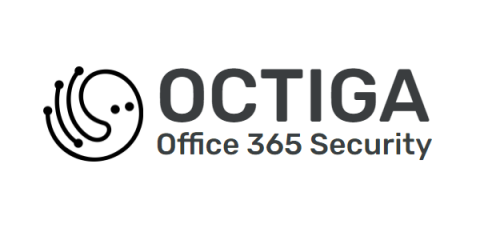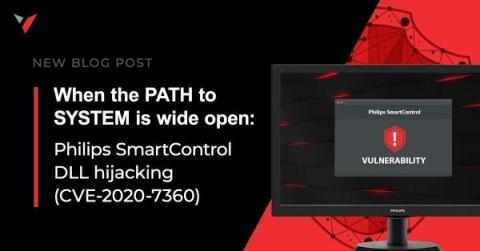Performing Zabbix Alert Correlation and Incident Acceleration with CloudFabrix AIOps
CloudFabrix AIOps 360 solution can ingest alerts, events, metrics and from various monitoring tools to perform event correlation, alert noise reduction and enable incident resolution acceleration. Learn more about CloudFabrix AIOps 360 In this blog I will cover Zabbix integration aspects with our AIOps 360 solution. Zabbix is one of the popular open source monitoring platforms used by many enterprises and MSPs, including some of our customers.











